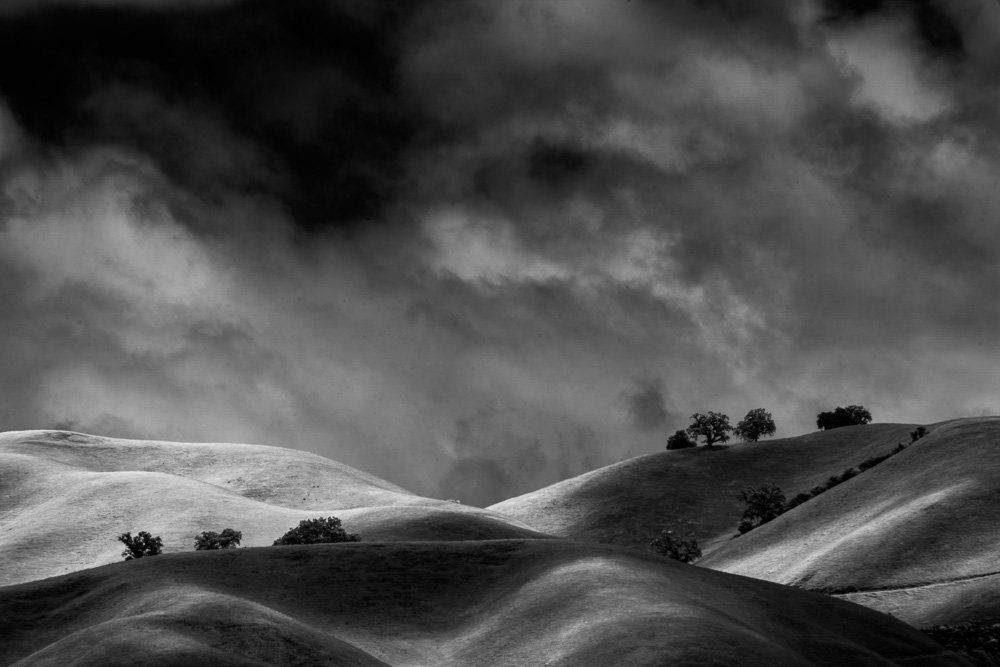I decided I wanted to get a little more subject isolation than I could with the 280/4. I remembered that, when I sold my V-series ‘blad gear, I’d hung on to a couple of lenses. I went looking and found a Zeiss 500/8 Apo. I put it on the IR camera and made some images. The lens struggles to keep up with the a7RII’s fine pixel pitch, but it’s serviceable if the prints aren’t too big.







Hoping you might have tested older Apo and Superachromat lenses in the past and can comment on them, and/or compare to the Otus or other modern Apo lenses.
If you’re talking about the Zeiss/Hasselblad lenses, I haven’t tested any on the a7RII, or any other FF camera. When I sold my V-series bodies and my Kodak V-series back many years ago, I only held on to the 500/8 Apo and the CFI 250/5.6 Superachromat. Neither lens was intended to be used on a 24x36mm sensor, and the 500/8 is soft on that size sensor in a modern high-res camera. I don’t know about the 250, but, since it’s so close to 280mm and I already have a great solution at that focal length. I could test it on the H2D-39, but would anybody care?
Nice captures, especially the 4th. Good work.